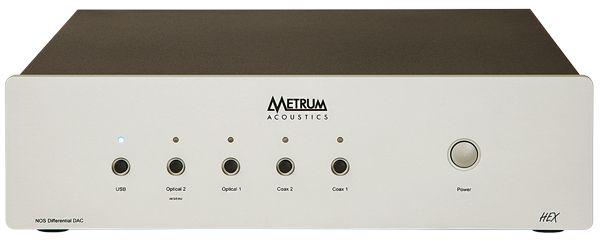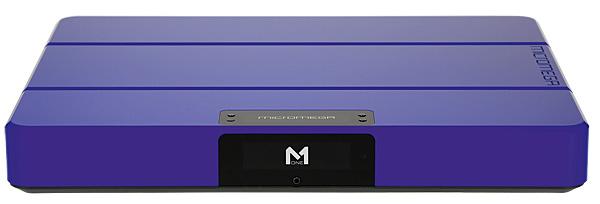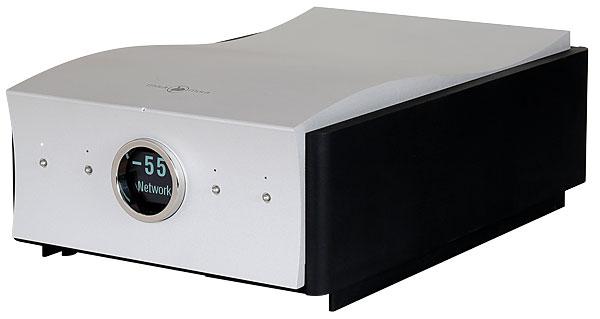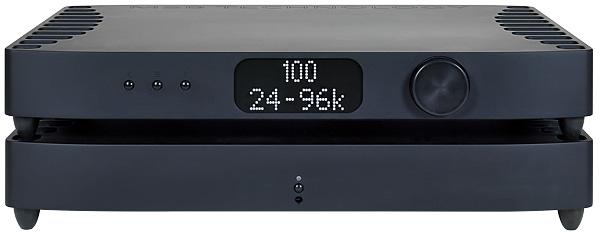Outboard DACs
Sort By: Post DateTitle Publish Date
|
Jan 23, 2024
|
Mar 15, 2022
|
May 30, 2022
|
Sep 01, 2018
|
Jan 24, 2020


 Pitched at the very affordable end of MA's comprehensive DAC/headphone series, the network-attached mini-i Pro 3 supports a huge range of formats with a powerful punch
Pitched at the very affordable end of MA's comprehensive DAC/headphone series, the network-attached mini-i Pro 3 supports a huge range of formats with a powerful punch

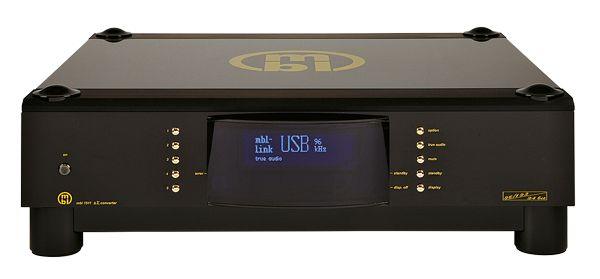
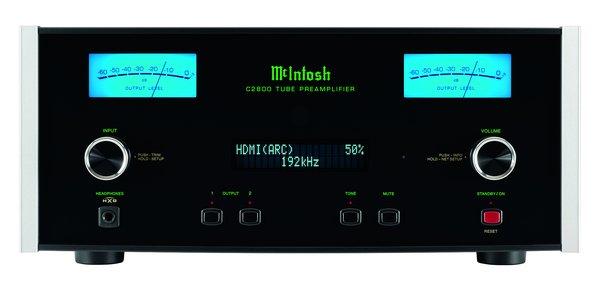

 Billed as McIntosh’s most powerful integrated amp to date, the mighty MA9000 combines transistors with transformers and a ‘blue’ aesthetic that’s truly timeless
Billed as McIntosh’s most powerful integrated amp to date, the mighty MA9000 combines transistors with transformers and a ‘blue’ aesthetic that’s truly timeless



